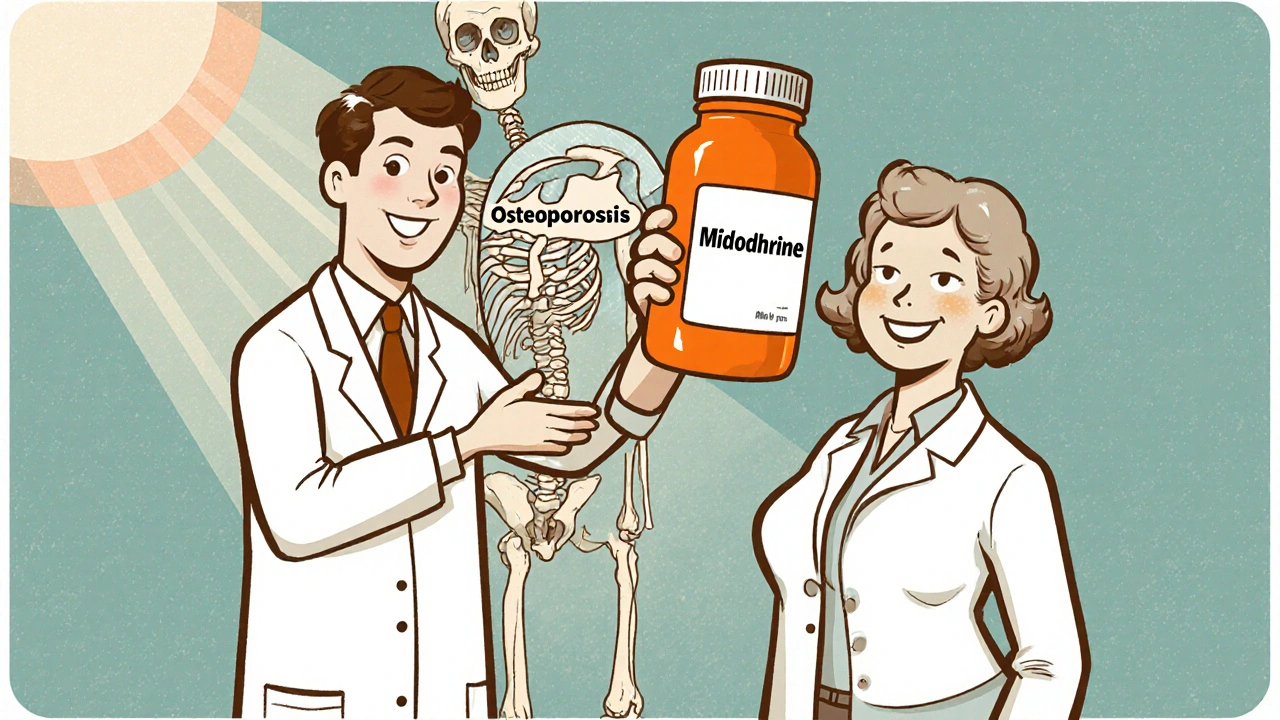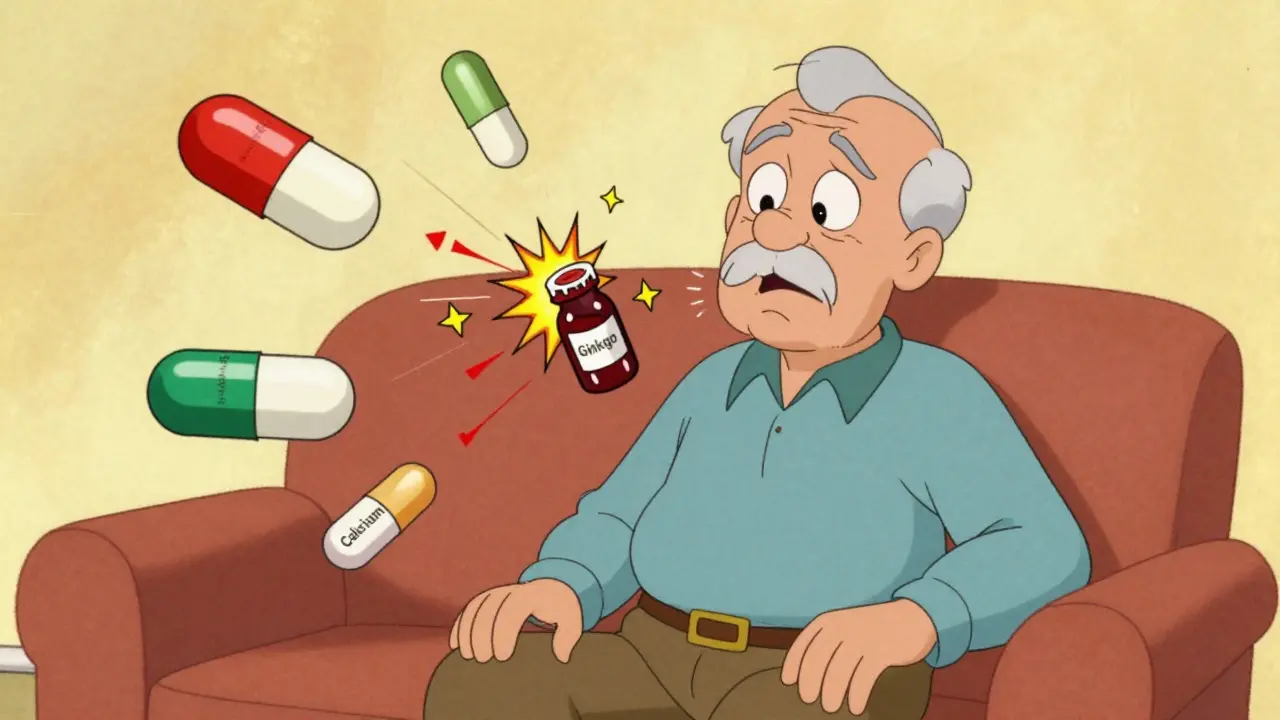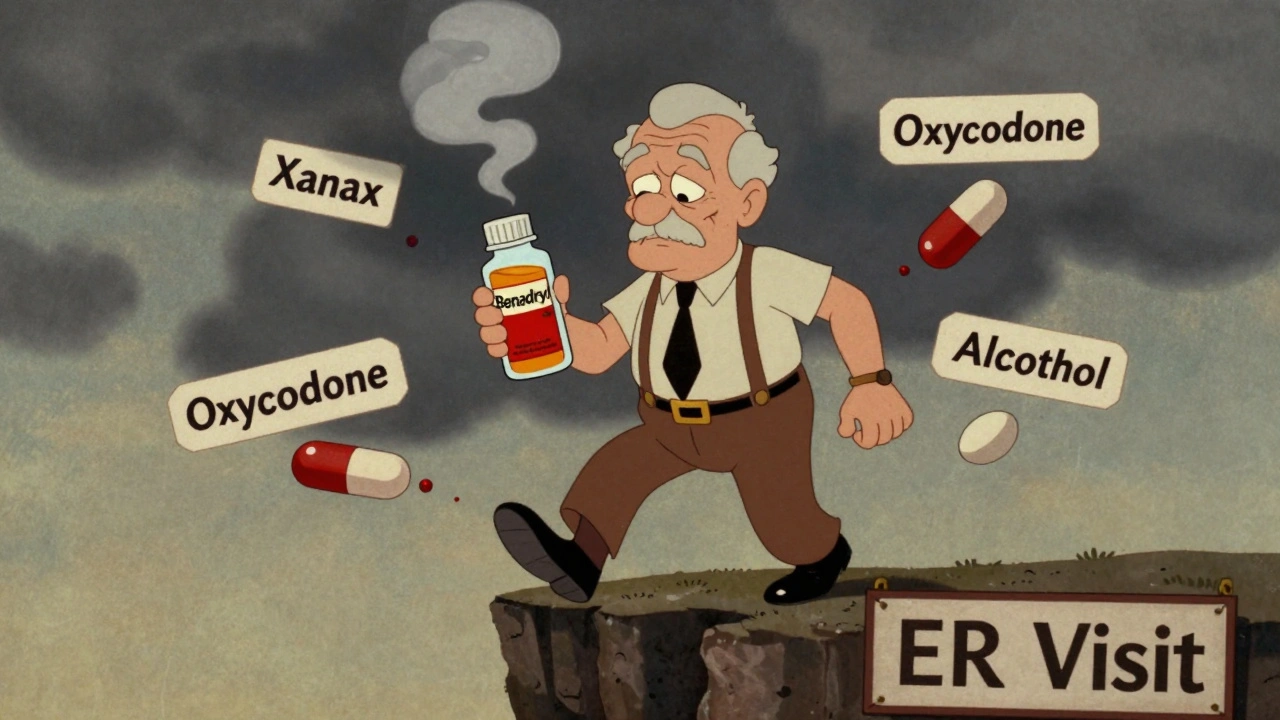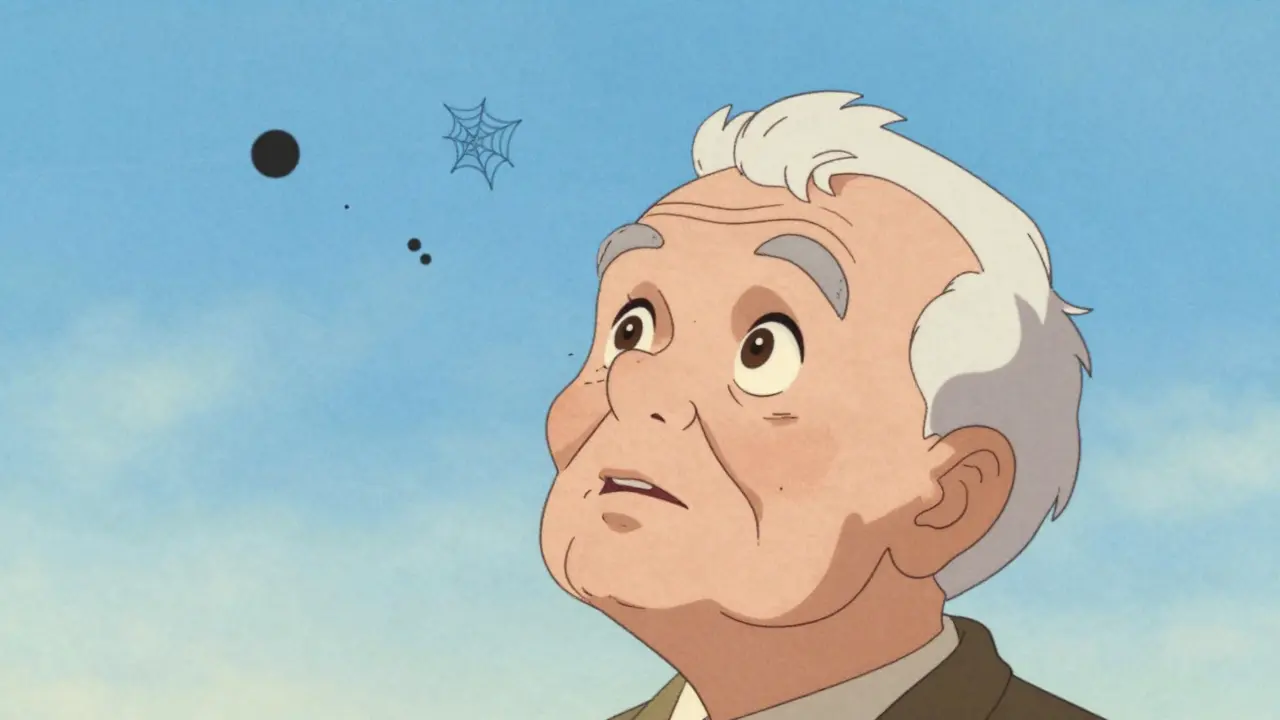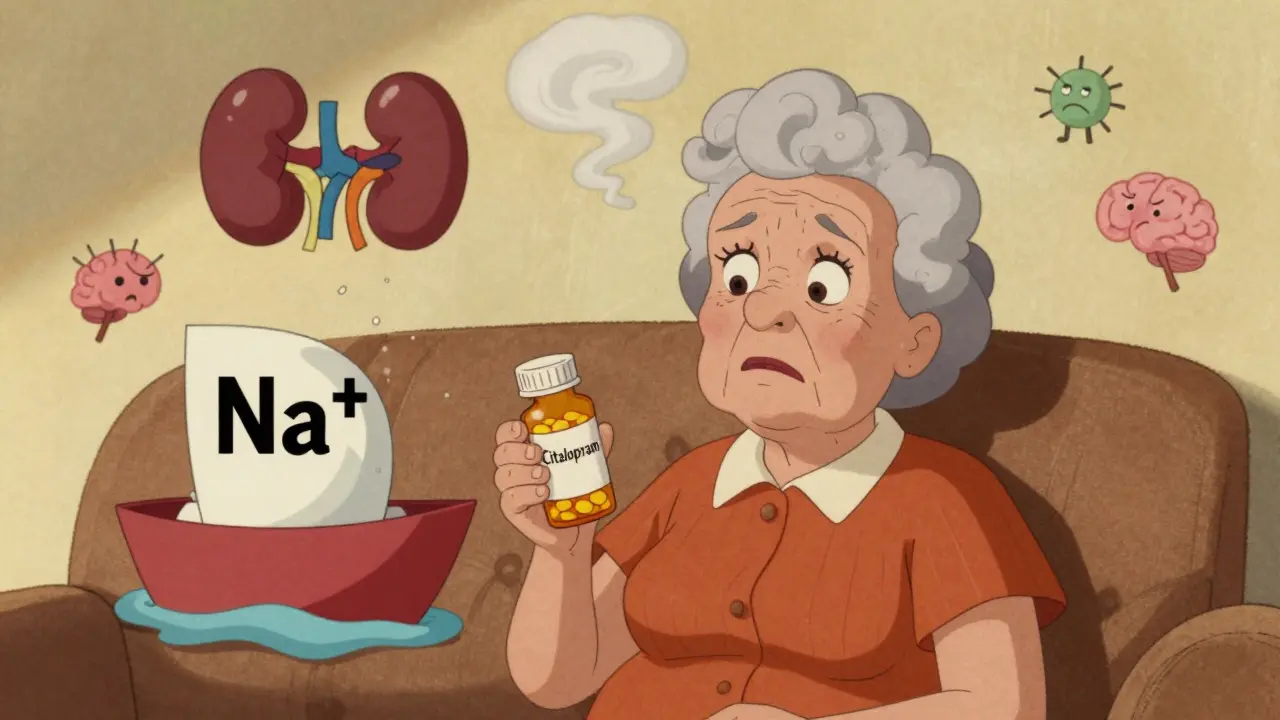Osteoporosis: Causes, Treatments, and How to Protect Your Bones
When your bones become weak and brittle, you’re dealing with osteoporosis, a condition where bone mass drops and the internal structure of bone breaks down, making fractures more likely. Also known as bone thinning, it doesn’t hurt until you fall—and that’s when the real trouble starts. It’s not just an old person’s problem. Women after menopause are at highest risk, but men over 65, people on long-term steroids, and those with low calcium or vitamin D levels are also in danger.
Bone density, a measure of how much mineral is packed into your bones is the key number doctors check. A DEXA scan can tell you if your bones are thinning, and catching it early means you can still do something about it. You don’t need fancy supplements—just enough calcium, the main mineral that gives bones their strength and vitamin D, the nutrient your body needs to absorb calcium. Most adults need 1,000 to 1,200 mg of calcium a day, and 600 to 800 IU of vitamin D. Food helps: dairy, leafy greens, canned salmon with bones. But if you’re not getting enough from meals, a simple supplement can make a difference.
Medications like bisphosphonates or denosumab can slow bone loss, but they’re not for everyone. Some people manage just fine with weight-bearing exercise—walking, stair climbing, light lifting. These activities tell your bones to get stronger. Balance training matters too, because falls are the main reason people with osteoporosis end up in the hospital. A hip fracture can change your life forever. That’s why prevention isn’t optional—it’s survival.
You’ll find real-world advice here: what drugs actually work, how to spot early warning signs, which foods help most, and what exercises are safe when your bones are fragile. No fluff. No guesswork. Just what you need to know to keep your bones strong and avoid the kind of injury that changes everything.
